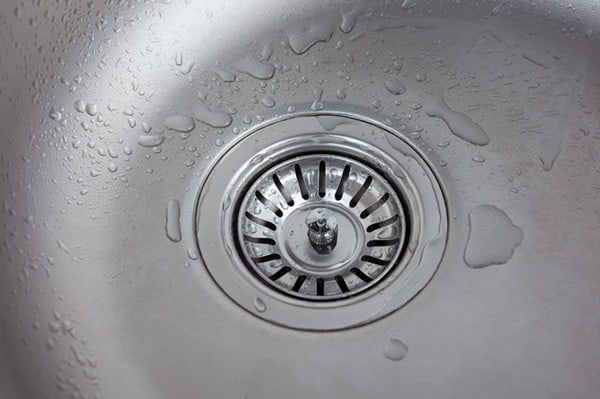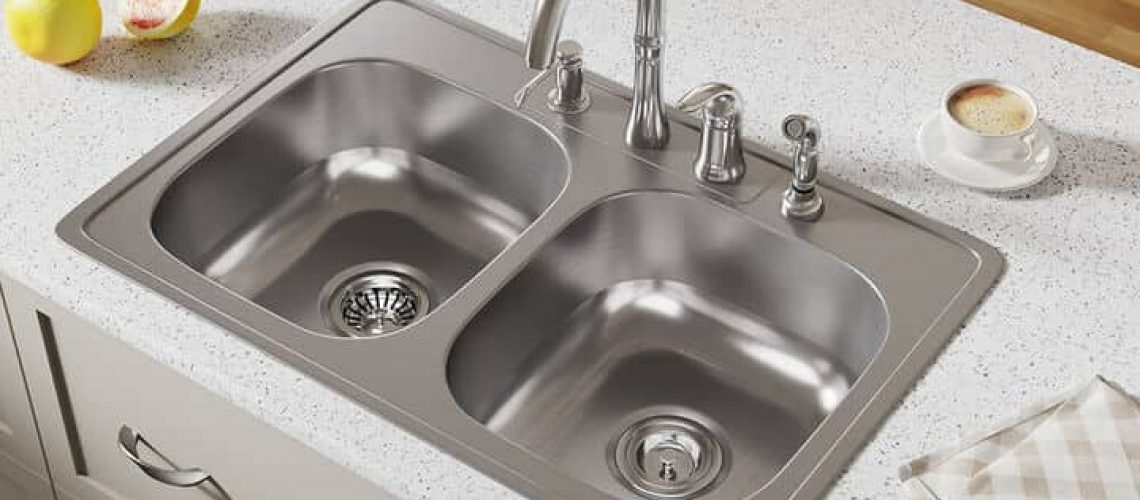It is crucial to choose a good-quality stainless steel kitchen sink. Still, if it is not maintained correctly, it will significantly reduce the durability of the sink.
The maintenance of stainless steel sinks in the kitchen is essential. So, how do you usually maintain the stainless steel sinks in the kitchen?
Check out these five tips to maintain the finish and functionality of your stainless steel kitchen sink.
1. Clean the sink frequently.
For general households, the frequency of use of stainless steel sinks in the kitchen is relatively high. After use for a long time, more dirt will be deposited in the sink. Therefore, the first step in maintenance is to clean the sink frequently. You can gently clean from a day-to-day basis and rinse the sink with clean water. When cleaning, be careful not to use steel wool or abrasive materials to scrub the sink. It will easily damage the sink.
Besides, do not let the water filled with the basin for a long time. It will cause the water’s minerals to deposit to the bottom and cling to the bottom of the sink, making it difficult to clean.

2. Do not scratch and stab the sink.
Knives, forks, other sharp utensils, heavy pots, and pans—make sure nothing you put in the kitchen sink stabs or bangs against the surfaces.
Some people sometimes cut things in the sink for convenience. It is bad behavior and will quickly cause physical damage to the sink.
Also, don’t rub sharp objects or iron wires on the top of the sink. Scratches not only deteriorate the sheen of the sink, but bacteria can buildup more easily along nicked and scratched surfaces.
3. Control the time when cleaning corrosive things
When washing some salt-rich foods like kimchi, mayonnaise, etc., control the time and not continuously soak it. Salt is very corrosive to the sink material.
Besides, household products containing chlorinated polyphenols, bleach, or other foods will also corrode the stainless steel sink and seriously affect the stainless steel sink’s surface. Even in the cabinet, if you open the container that replaces the bleach or chemical detergent, you should use these chemicals with caution.
4. Remove the sludge buildup from the drainer ASAP.
If you found your kitchen sink does not drain well. Please check if there is some sludge buildup in the drainer. It’s a collection of cooking grease, dirt, oil, and other residual grime built up over time.

Once the sludge buildup in your kitchen sink, It will give off a foul smell and also block the drainer. So clean the sludge buildup from the drainer ASAP. Doing so can extend the lifespan of the sink.
5. Rinsing and drying per use
Stainless steel may be susceptible to rust, but that does not mean that you forget to rinse and dry the kitchen after every use. Drying your sink after cleaning with a soft cloth prevents water mineral spotting. If your kitchen sink gets super-dirty, washing it with a mild soap before you rinse it. When necessary, you can add vinegar and baking soda to clean.
Conclusion
Low maintenance is the main reason for choosing the stainless steel sink in commercial kitchens.
Following the above suggestions, you can easily make your stainless steel sink last longer while maintaining its luster for an extended period.










